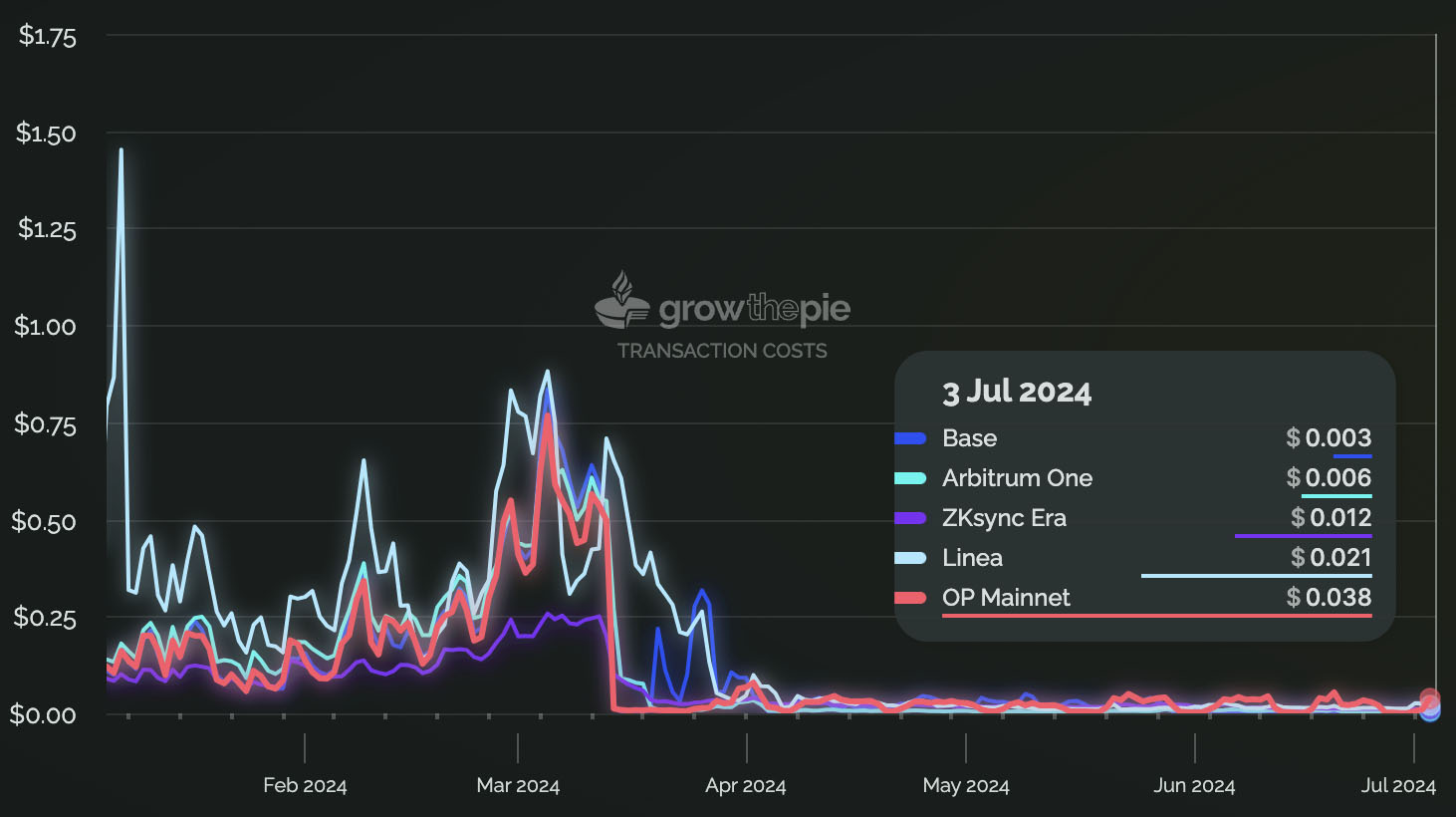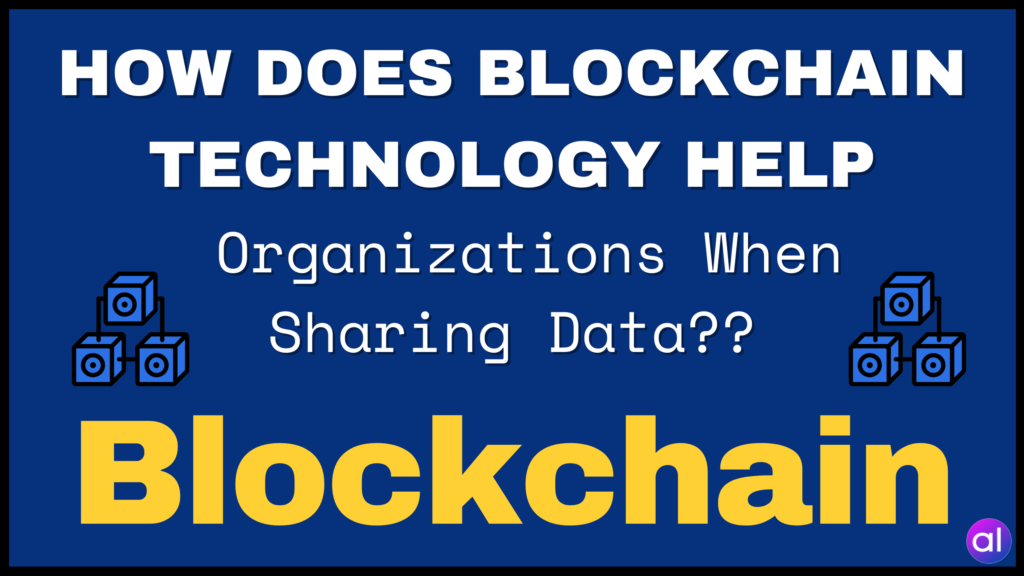ZK Sync has undergone a rebranding and introduced new details about its expanding network of connected chains.
Formerly known as Hyperchains, the network has been renamed the Elastic Chain due to a trademark clash, coinciding with the ZKsync 3.0 network upgrade in the previous month.
This network aims to tackle the issues of liquidity fragmentation and user experience challenges within multichain ecosystems. ZK rollups built on the ZK Stack will now have native, trust-minimized, and cost-effective interoperability, as stated in a recent ZK Sync blog post.
Find out more: zkSync welcomes AI data warehouse as latest addition to hyperchain
The main issue with existing multichain systems lies in their reliance on third-party bridges, which can introduce security risks and operational costs, even with the best solutions.
The Elastic Chain addresses these problems through an architecture that prioritizes cryptographic security and seamless interoperability.
The rebranding of ZK Sync takes inspiration from the economic concept of elasticity, where the supply can expand in proportion to demand. This is achieved through recursive ZK proofs, enabling parallel proof generation and constant-time verification. This means that the Elastic Chain can verify the validity of a computation in a fixed amount of time, regardless of its size or complexity.
Find out more: Mina mainnet upgrade unlocks privacy applications
This feature is crucial for the scalability of zk rollups, as it allows the network to handle a high volume of transactions without increasing the time or cost required for verification. Surprisingly, more transactions can make the entire system more cost-effective.
Previously, posting transaction batches to the Ethereum mainnet was a significant driver of layer-2 fees. However, the introduction of new blob storage in EIP-4844 in March, widely adopted by April, has significantly altered the landscape.

Source: growthepie.xyz
Role of the ZK Token
The Elastic Chain comprises several key components, some of which are expected to utilize the newly launched ZK token, such as the ZK Gateway.
Initially, the token will serve as a governance tool, allowing token holders to vote on decisions such as protocol upgrades, validator policies, and other critical aspects of the network’s development. While governance votes are not yet in place, ZK holders can delegate their votes to themselves or others.
The ZK Gateway will facilitate transaction settlement between connected ZK Stack chains more affordably than settling directly to Ethereum. The gateway will be overseen by a decentralized group of validators incentivized to maintain the network’s resilience and reliability.
For example, fees related to bridging and state diff data — which involve the transmission and storage of differences in chain state — could be paid in ZK.
Although not explicitly stated in the blog post, the utility of ZK for this purpose is implied:
“The participation in this decentralized validation process requires an ERC20 token. ZKsync network governance will designate a token for this purpose (for example, it could be the ZK token),” the post mentions.
For users, the Elastic Chain network aims to emulate a single blockchain, using the same address and signature via modular smart accounts with passkeys.
Bridging the gap
ZK Sync’s Elastic Chain is most comparable to the Polygon CDK and AggLayer, which also support verifiable shared interoperability.
Find out more: Espresso partners with Polygon Labs to solve rollup interoperability
According to tests conducted by Matter Labs, the lead developer of ZK Sync, the Elastic Chain will achieve a TPS of 180, compared to Polygon’s 5.
This is akin to the difference between a commercial airliner and a bicycle.
While none of these solutions are currently live in production, their performance with real usage remains to be seen. However, for early adopters of Web3 facing challenges such as constant Metamask RPC switching, latency, and bridge uncertainty, a streamlined experience is eagerly anticipated.



